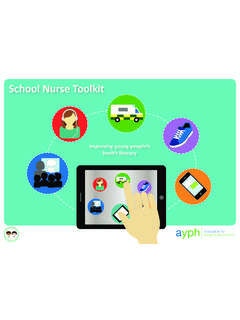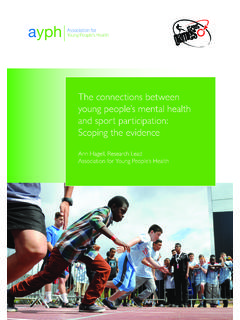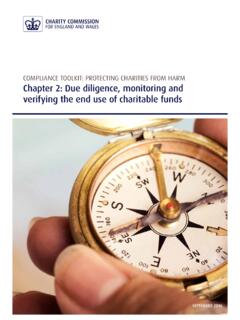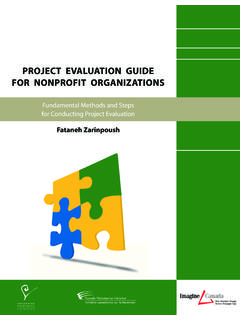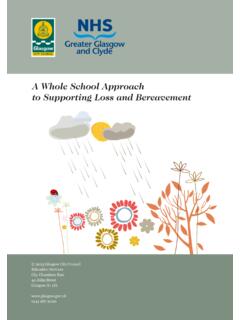Transcription of A public health approach to promoting young people’s ...
1 1A public health approachto promoting young people s resilienceA guide to resources for policy makers, commissioners, and service planners and providers2 About the Association for young people s health (AYPH)AYPH bridges the worlds of policy, practice and evience to promote better understanding of young people s health . We bring together professionals and organisations working to improve young people s health and wellbeing, and disseminate information about best practice. By sharing learning we can promote better services to meet young people s particular health needs. Our partnersThis report was funded by public health England, and we are grateful to them for their support for the work. PHE exists to protect and improve the nation s health and wellbeing, and reduce health inequalities.
2 It does this through world-class science, knowledge and intelligence, advocacy, partnerships and the delivery of specialist public health services. PHE is an operationally autonomous executive agency of the Department of report was written by AYPH with input from the Early Intervention Foundation, who provided particular recommendations for resilience- promoting programmes. EIF assesses the evidence of what works in early intervention for impact and relative cost, advises local authorities, charities and investors on the implementation of early intervention on the ground, and advocates for investment in effective early intervention to local and national policy note on the evidence standards used for including resourcesThis document presents a range of resources, from refereed academic publications, through evaluated programmes, to examples of interesting practice that might stimulate thinking.
3 It does not represent a systematic review of the resources available, and inclusion in the report does not mean that the resources have any kind of official endorsement from AYPH or our partners. The intention is to draw as widely as we can on interesting ways forward; many of these will require further research to confirm their effectiveness. Copyright 2016 Association for young people s CAN Mezzanine, 32-36 Loman Street, London SE1 0EH3 Foreword by Dr John Coleman OBE, Chair of AYPH We know that young people face a wide range of challenges in their lives from moving schools to family breakdown to bullying. Building resilience in young people can support better outcomes for them whatever challenges they face.
4 This resource from AYPH, funded by public health England, provides a welcome focus on public health approaches to supporting young people s resilience. It builds on PHE s framework for young people s health , Improving young people s health and wellbeing which was published in 2015, and on a range of other PHE tools and resources including their national youth campaign, Rise Above, which also focuses on improving young people s resilience and helping them make positive health know the importance of working together at a local level with a wide range of professionals involved across universal, targeted and specialist services. This resource highlights some of the ways that services have worked together, some of the interventions they have used alongside the perspectives of young people about what works well for them.
5 We trust that this resource will support you to build on the work that you are already public health approach to promoting young people s resiliencePromoting young people s resilience is an important part of a public health approach to securing good outcomes for this age group. In this document we set out the key elements of a public health approach and provide a range of useful resources and case studies. Click on the links below to go to the different sections of the documentHow do we make it happen? Conclusions and useful resources What are the key elements of a public health response to resilience? What do we mean by resilience? The pressures young people face What are the key settings for promoting resilience?
6 promoting resilience and the public health Outcomes Appendices: How did we put this report together; EIF resources 5 Resilience is a good outcome in the face of challenges (Masten, 2001; Rutter, 2012). Resilience is important because it is part of achieving good health and wellbeing for all children and young people . It is often described as supporting young people s ability to bounce back (Barnardos, 2009). Others have described it as converting toxic stress into tolerable stress by supporting young people to achieve favourable outcomes (National Scientific Centre on the Developing Child, 2015). One important thing to note is that promoting resilience does not necessarily mean removing risk it means shoring up the resources for dealing with it.
7 What do we mean by resilience?+Additional resources Definitions of resilienceMichael Rutter (2012) Resilience as a dynamic concept. Development and Psychopathology articleAction for Children reviewBarnardo s (2004) What works in building resilience?Barnardo s (2009) Bouncing Back: How can resilience be promoted in vulnerable children and young people ? Boing Boing What is resilience Child Trends (2013) Positive Mental health : Resilience (Murphey et al) Resilience is the capacity to bounce back from adversity. Protective factors increase resilience, whereas risk factors increase vulnerability. Resilient individuals, families and communities are more able to deal with difficulties and adversities than those with less Institute of health Equity (2014)Ann Hagell Association for young people s health , on defining resilience6 But the other elements are all important too.
8 Reducing inequalities is a major part of the picture. Focusing on building individual life skills is not a replacement or substitute for action to tackle the causes of stress and inequality. As a result, school and community based resources, services and interventions are a critical part of promoting resilience (Department of health , 2015). There may also be different aims and responses depending on whether the stress is sudden or episodic, or whether it is chronic. young people may face one individual challenge, or a series of setbacks. Resources could also be internal or external. They are likely to be varied given the range of different stresses young people can experience. Building resilience is about helping young people to establish networks of There is a consensus in the evidence-base that promoting resilience means supporting the development of good personal life skills, helping young people sustain good relationships, and providing resources and interventions to ameliorate or prevent the effects of set-backs.
9 The most important of these is undoubtedly having relationships with caring adults (eg, Murphey et al, 2013)..and what do we mean by promoting resilience ? ..the single most common finding is that children who end up doing well have had at least one stable and committed relationship with a supportive parent, caregiver, or other Scientific Centre on the Developing Child (2015)support as well as developing the skills to cope and to navigate the system. No one size fits kind of resilience is needed public health has an important role to play with local partners such as the voluntary and community sector in developing the support networks and resources for young people to draw on and help strengthen their response to stress.
10 The research literature is clear that there is no one size fits all intervention that can be recommended. But there are some useful pointers and questions to help local areas support young people who might be facing difficulties, which we explore in more detail below. The aim is that they should not be defined by the challenges they have faced. 7+Additional resources For more detail on the challenges that young people faceEstimates for the extent of these kinds of challenges can be found in Key Data on Adolescence 2015 Making the Link, Inequalities and Deprivation gives useful figures for the numbers of children and young people facing inequality, exploring how this relates to unintentional injuryResearch on Adverse Childhood Experiences (ACEs)Developing resilience in young people is critical to enable them to achieve the best possible outcomes regardless of the difficulties they may face.
